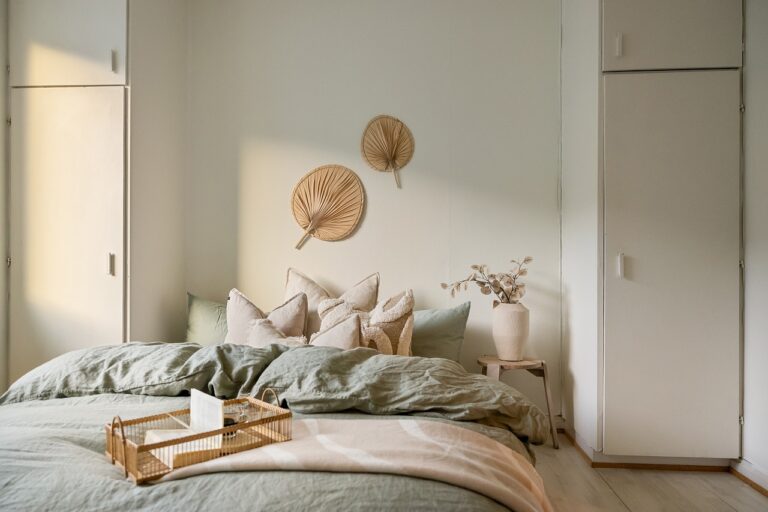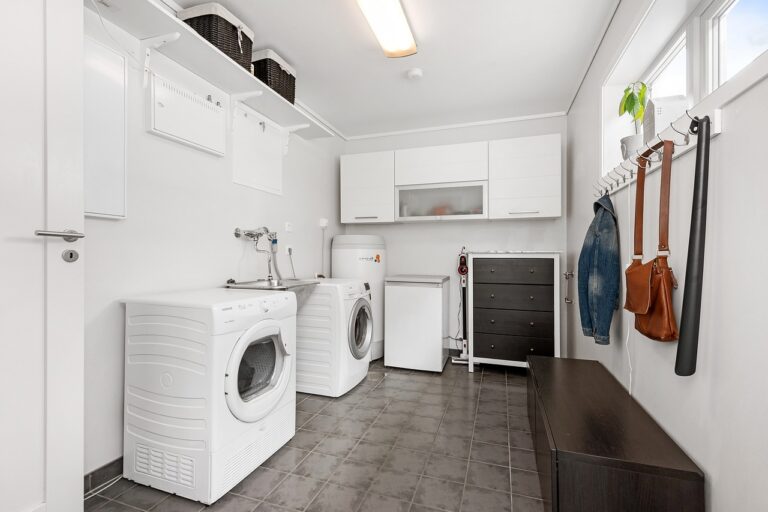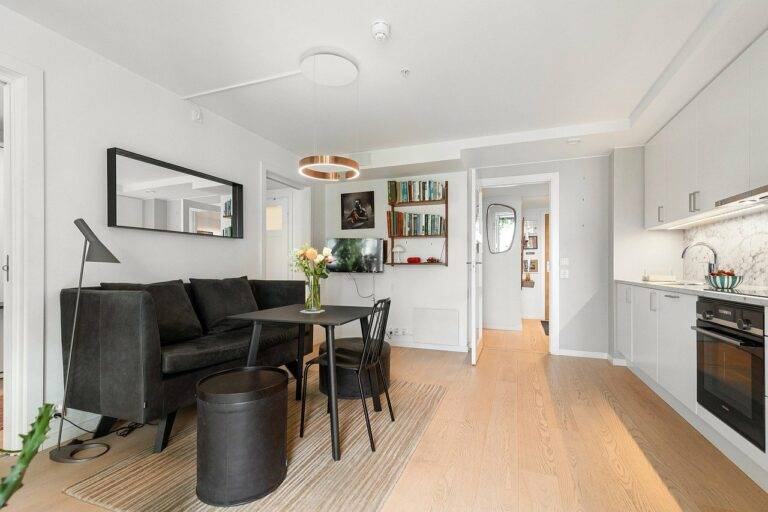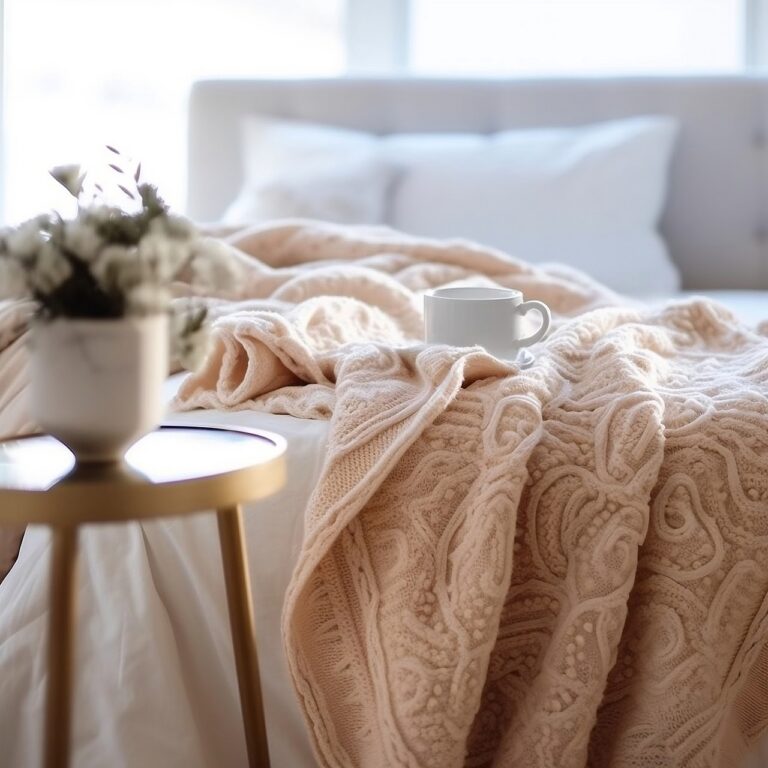The Impact of Biophilic Design on Mental Wellbeing in Homes
Biophilic Design is a concept rooted in the idea that humans have an innate connection to nature. This design approach seeks to incorporate elements of nature into the built environment, promoting a sense of harmony and well-being. By incorporating natural elements such as plants, natural light, and views of the outdoors, biophilic design aims to create spaces that are not only aesthetically pleasing but also conducive to mental and emotional well-being.
The goal of biophilic design is to create environments that support human health and well-being by fostering a strong connection to nature. This can be achieved through the use of organic shapes, natural materials, and indoor greenery. By bringing nature indoors, biophilic design can help reduce stress, improve cognitive function, and enhance overall quality of life for occupants.
• Biophilic Design is based on the concept of humans having an innate connection to nature
• It seeks to incorporate elements of nature into the built environment for harmony and well-being
• Natural elements such as plants, natural light, and outdoor views are integrated into spaces
• The goal is to support human health and well-being by fostering a strong connection to nature through organic shapes, natural materials, and indoor greenery
Benefits of Biophilic Design on Mental Wellbeing
Biophilic design, with its emphasis on incorporating elements of nature into architectural and interior spaces, has been shown to have a profound impact on mental wellbeing. Research indicates that exposure to natural elements such as sunlight, greenery, and water features can help reduce stress levels and increase feelings of calmness and relaxation. By bringing the outdoors inside, biophilic design can create a sense of connection to the natural world, promoting a more positive and uplifting environment.
Furthermore, biophilic design has been linked to improved cognitive function and productivity. Studies have found that spaces designed with elements of nature can enhance creativity, focus, and problem-solving abilities. By fostering a more stimulating and inspiring environment, biophilic design can contribute to a greater sense of satisfaction and overall mental well-being among occupants.
Incorporating Nature into Home Interiors
Adding natural elements to home interiors has become increasingly popular as people seek to bring a sense of tranquility and connection to the outdoors into their living spaces. From incorporating houseplants and fresh flowers to using natural materials like wood and stone, there are various ways to introduce nature into your home decor. These elements not only enhance the aesthetic appeal of the space but also have a calming effect on the mind and body.
Incorporating nature into home interiors can have a significant impact on creating a soothing and rejuvenating atmosphere. By introducing elements such as natural light, water features, and views of greenery, you can create a space that promotes relaxation and mental well-being. Studies have shown that being surrounded by nature, even in a limited capacity indoors, can reduce stress levels and improve overall mood and productivity.
What is biophilic design?
Biophilic design is a concept that focuses on incorporating elements of nature into spaces to create a more natural and harmonious environment.
What are the benefits of biophilic design on mental wellbeing?
Biophilic design has been shown to reduce stress, increase productivity, enhance creativity, improve mood, and promote overall mental wellbeing.
How can I incorporate nature into my home interiors?
There are several ways to incorporate nature into your home interiors, such as using natural materials like wood and stone, adding plants and greenery, maximizing natural light, incorporating nature-inspired colors and patterns, and creating indoor-outdoor living spaces.







